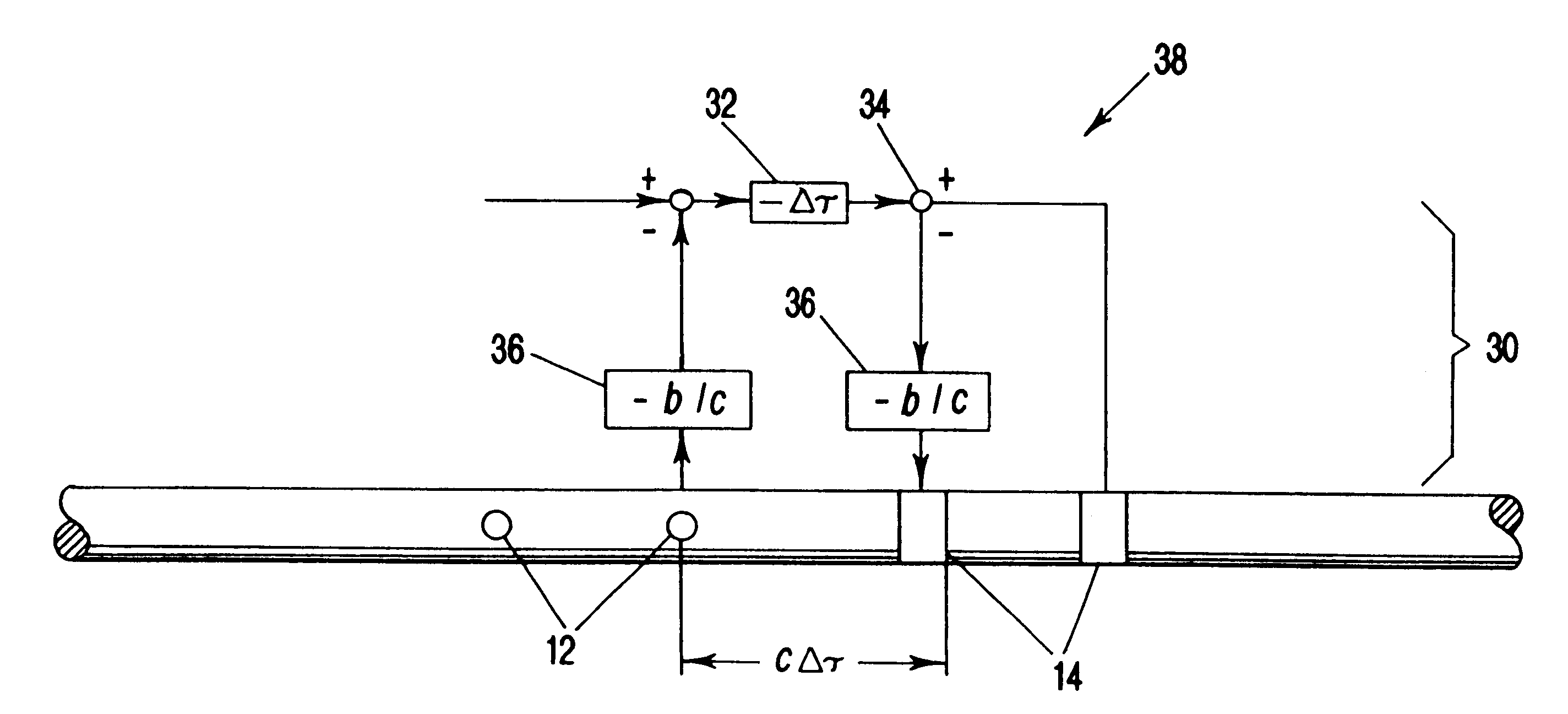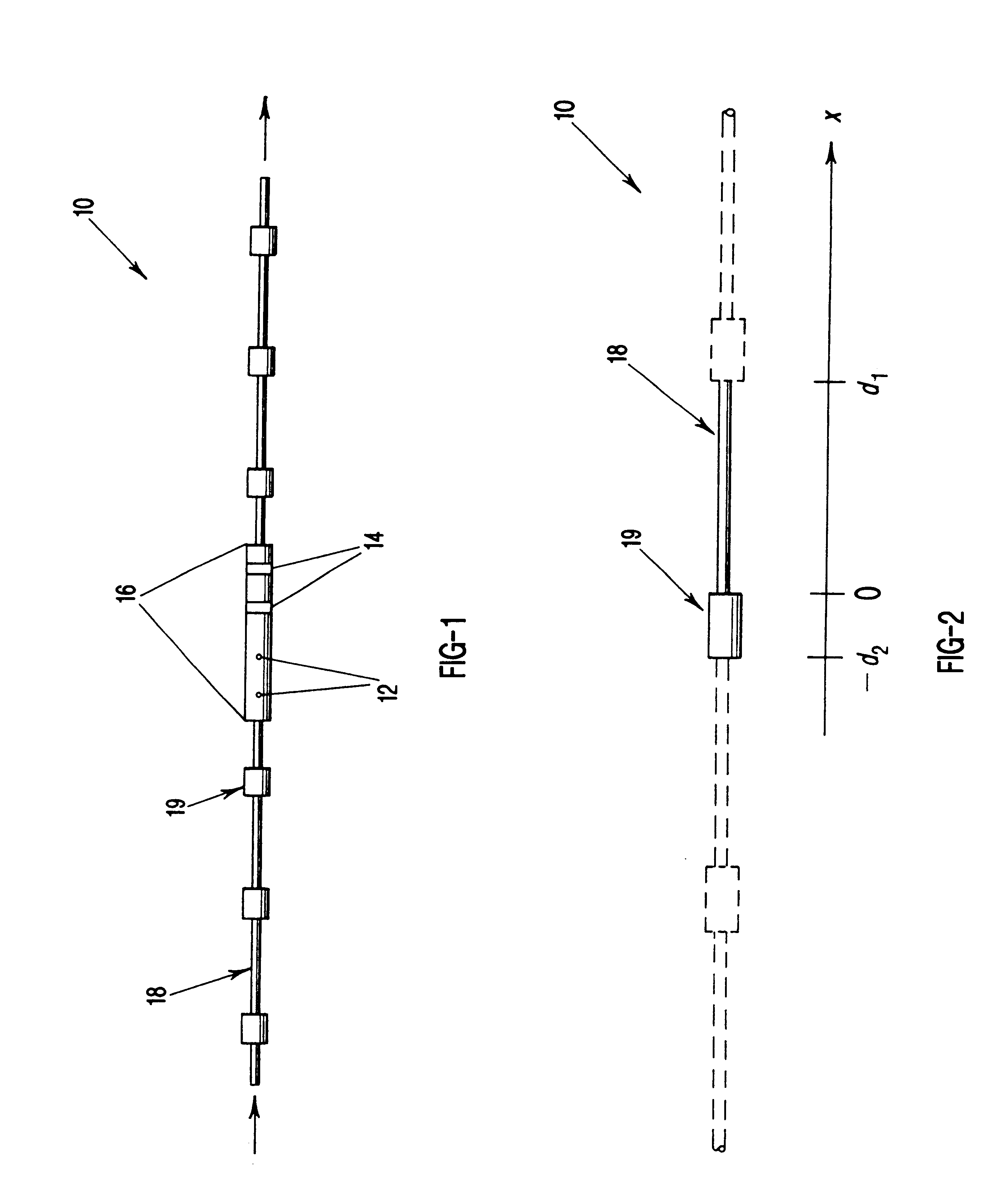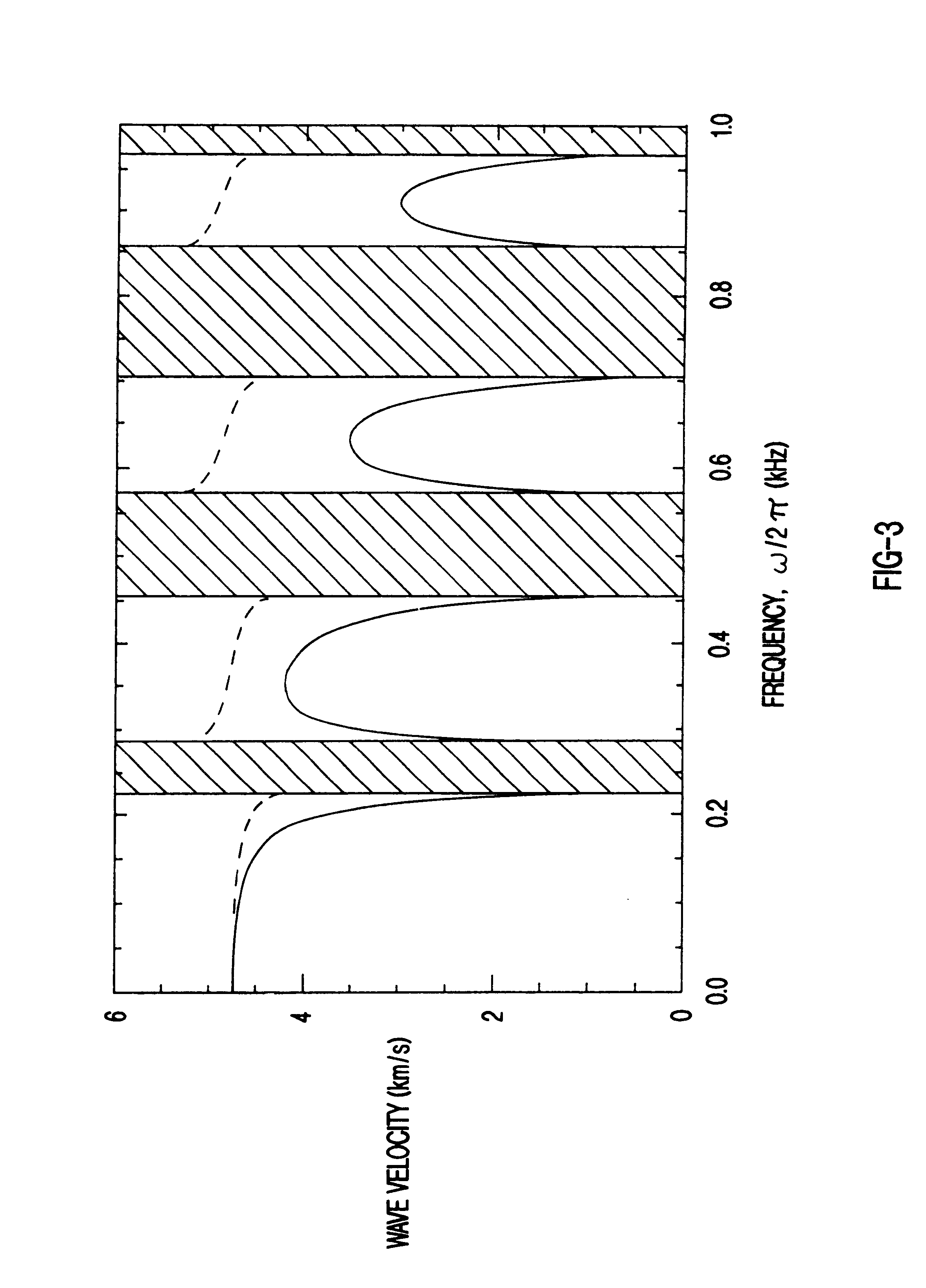Reducing injection loss in drill strings
a technology of injection loss and drill string, which is applied in the field of downhole communication via drill string, can solve the problems of inability to match the impedance of the communication system to the drill string, the communication range is limited, and the complexity of the impedance of the drill string
- Summary
- Abstract
- Description
- Claims
- Application Information
AI Technical Summary
Benefits of technology
Problems solved by technology
Method used
Image
Examples
first embodiment
the present invention is a method and apparatus for extending the range of a repeater. Consider that repeaters can be used to intercept weak messages and rebroadcast them as strong messages. If repeaters of sufficient range, say 5000 feet, can be built, then the overall range of communications can be extended indefinitely. However, at first it appears that half the strength of the repeater signal will be used to just get the communication signal out of one repeater and into the drill string and then out of the drill string and back into the next repeater. That is often referred to as "injection loss". Following the two steps listed above, the injection losses can be eliminated by matching the wave impedance of the repeater to that of the drill string. This roughly doubles the transmission range of the repeater.
second embodiment
the present invention is of a method and apparatus for canceling waves in a drill string, referred to herein as a "terminator". A prior terminator known in the art works only in a uniform rod of constant diameter, i.e., not in a drill string or other periodic structure. U.S. Pat. Nos. 5,128,901 and 5,056,067, to Drumheller. Via the terminator, one can get the signal out of the drill string and into the terminator where it can be canceled. Directional control and cancelation of waves in the drill string are nearly as important as actually creating the communication signal in the first place.
third embodiment
the present invention is of a method and apparatus for communicating across major discontinuities in the drill string. Typically two types of tubulars are used in the drill string. The lower section contains drill collar and the upper section contains drill pipe. The junction between these sections causes a wave reflection. Hixson discusses this in U.S. Pat. No. 3,252,225. He describes a method, called a "quarter-wave transformer", to eliminate these reflections, but the method does not work at the communication frequencies currently employed in the industry. The present invention shows how to precisely define dimensions to eliminate wave reflections between the drill collar and the drill pipe, and indeed to eliminate wave reflections between all other components of the drilling assembly. The transformer of the invention allows one to join a repeater of any cross-sectional area to any type of drill string.
The present invention is based upon a quite general analysis of wave phenomena...
PUM
 Login to View More
Login to View More Abstract
Description
Claims
Application Information
 Login to View More
Login to View More - R&D
- Intellectual Property
- Life Sciences
- Materials
- Tech Scout
- Unparalleled Data Quality
- Higher Quality Content
- 60% Fewer Hallucinations
Browse by: Latest US Patents, China's latest patents, Technical Efficacy Thesaurus, Application Domain, Technology Topic, Popular Technical Reports.
© 2025 PatSnap. All rights reserved.Legal|Privacy policy|Modern Slavery Act Transparency Statement|Sitemap|About US| Contact US: help@patsnap.com



